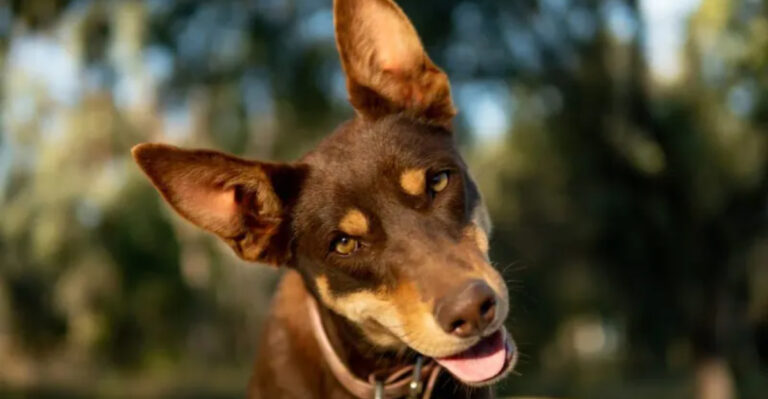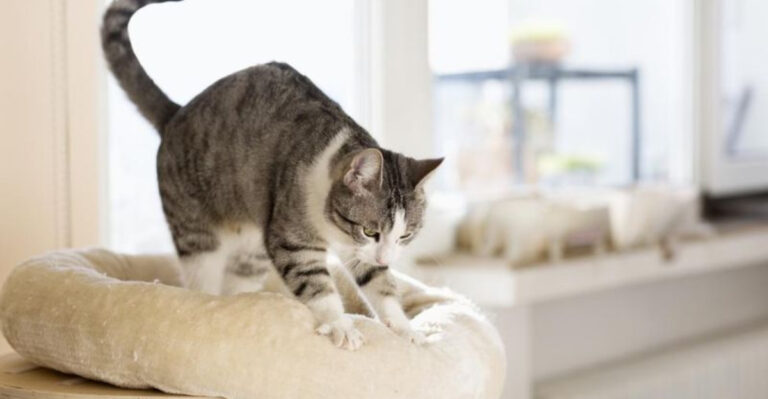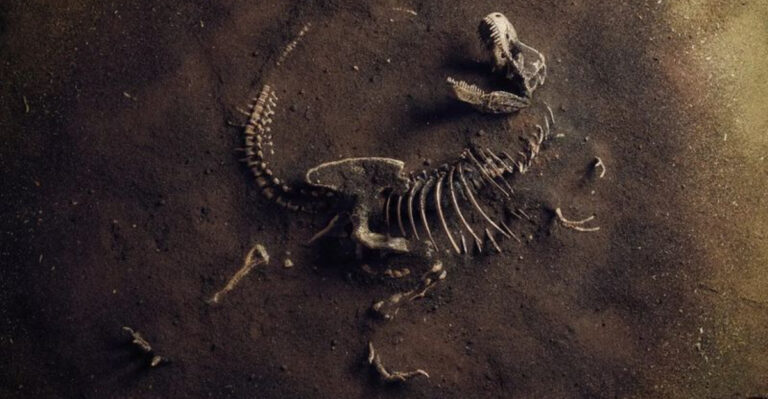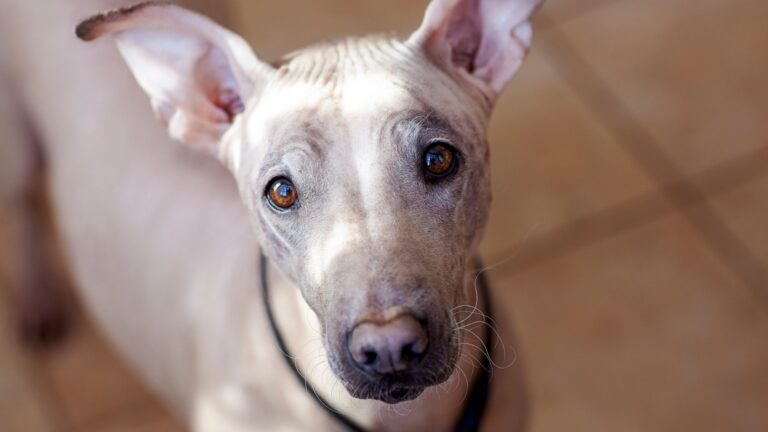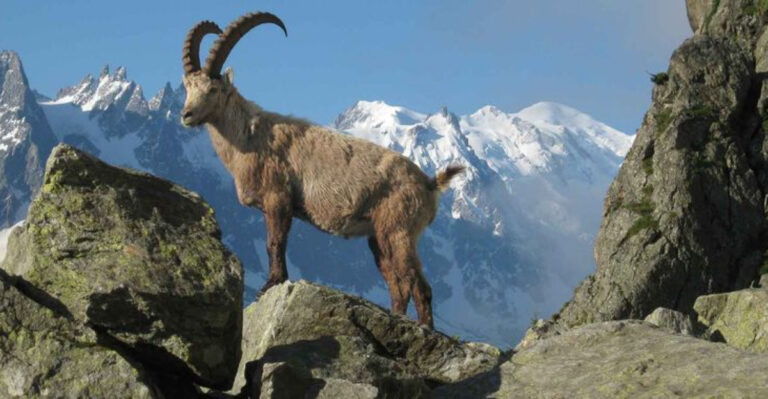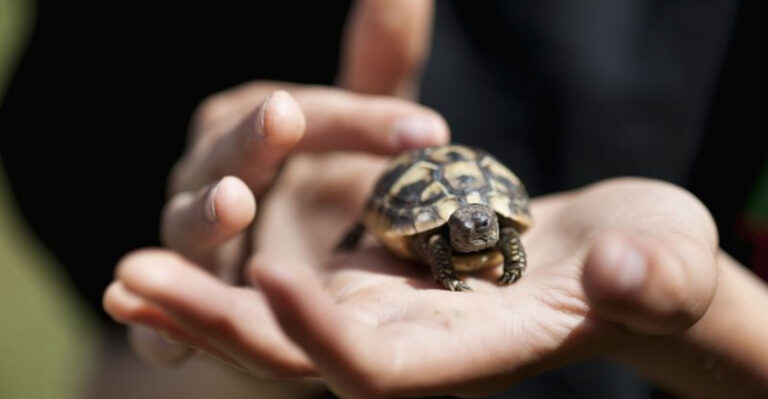13 Gorgeous Snowshoe Cat Colors And Patterns You’ll Adore
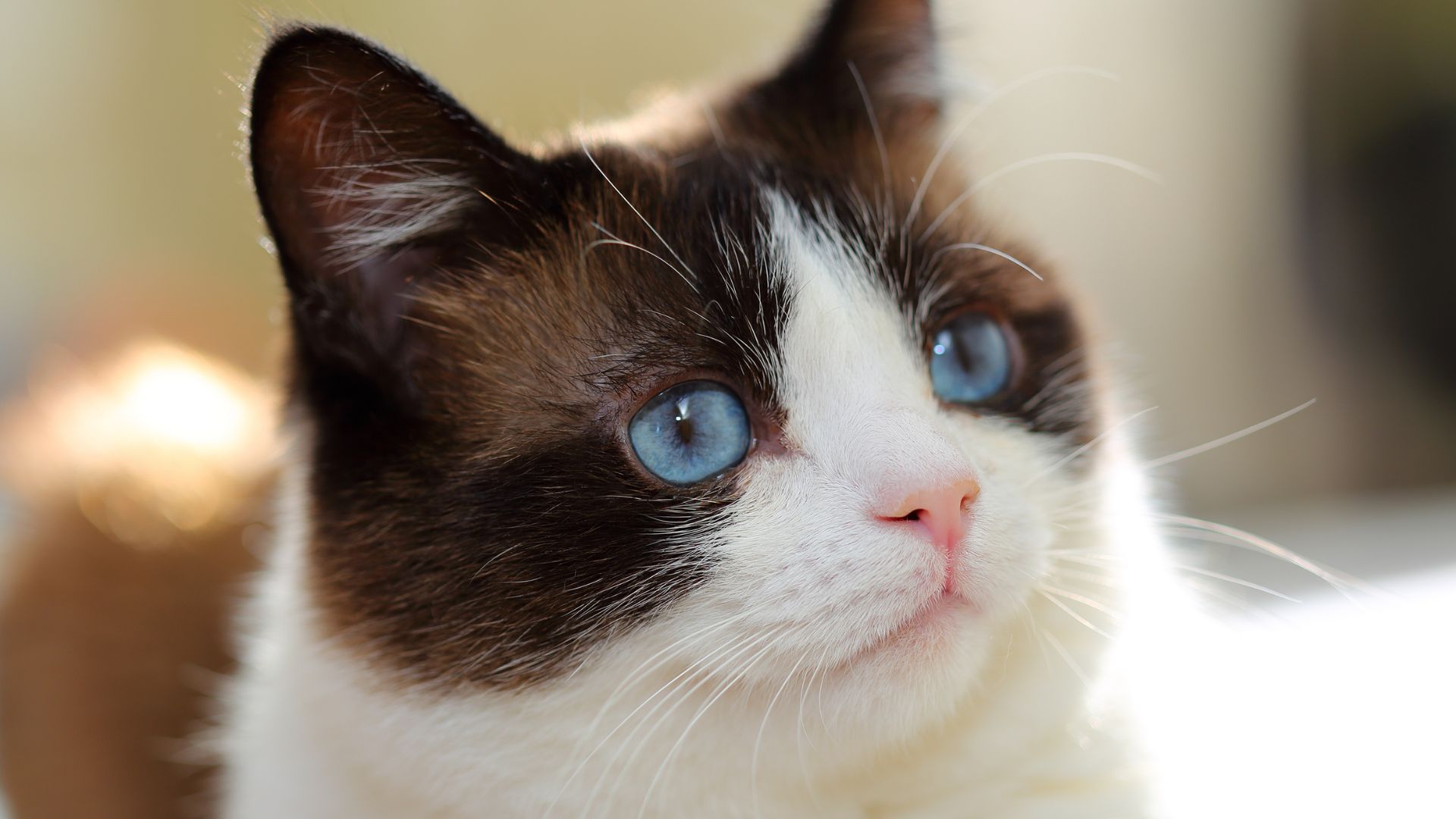
Snowshoe cats are not only known for their charming personalities but also their stunning coats. With their unique color patterns and striking blue eyes, these cats are a visual delight.
In this article, we’ll dive into 13 stunning Snowshoe cat colors and patterns that are sure to steal your heart, while also exploring the fascinating history and charming personality of this delightful breed.
1. The Fascinating History Of The Snowshoe Cat
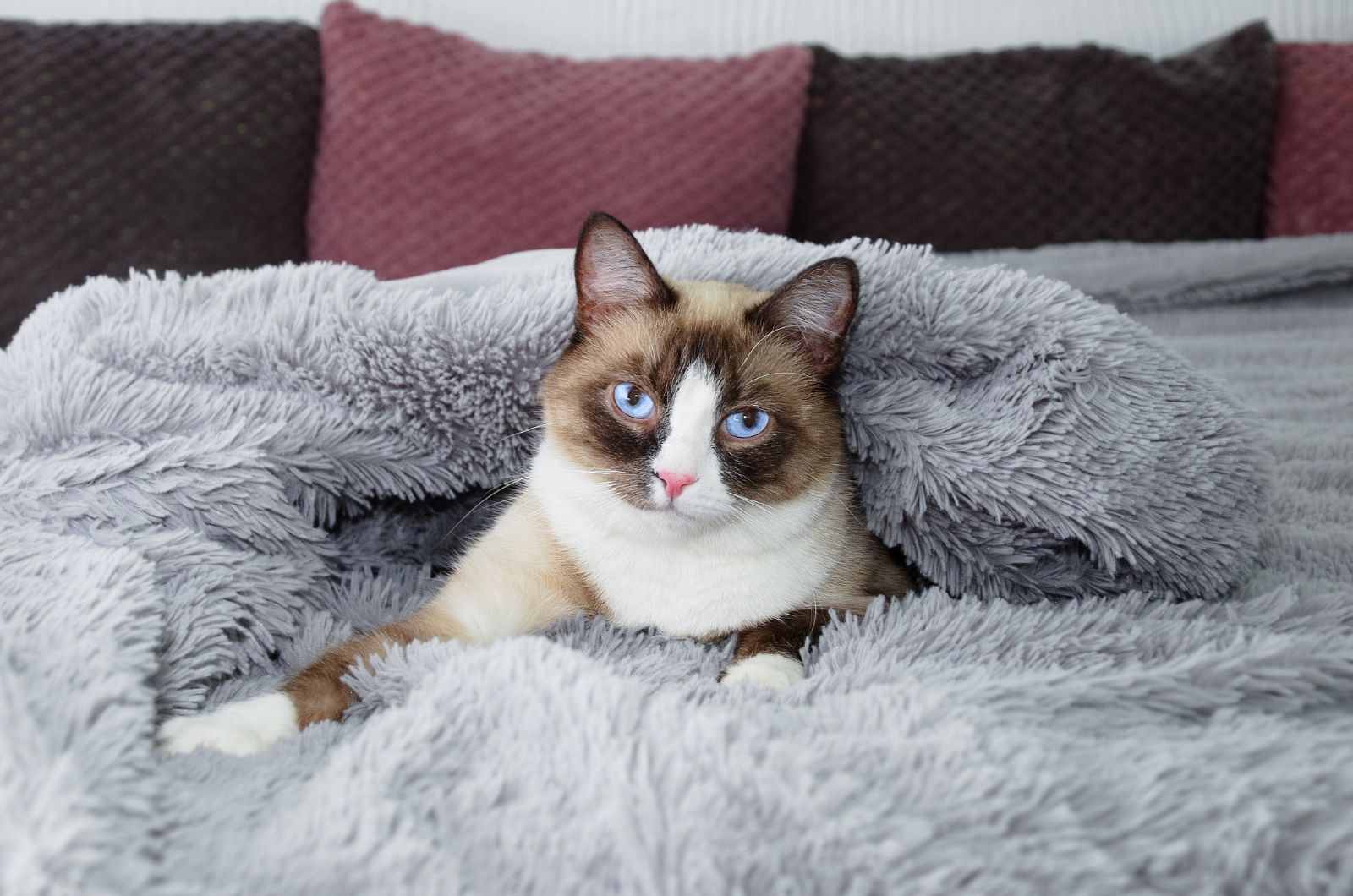
The Snowshoe cat has an interesting backstory that dates back to the 1960s in the U.S.
A breeder named Dorothy Hinds-Daugherty accidentally created the breed by crossing a Siamese cat with a domestic shorthair, which resulted in these adorable cats with distinct white “snowshoe” paws.
People quickly fell in love with their unique color patterns and striking blue eyes.
By the 1980s, Snowshoes were officially recognized by the Cat Fanciers’ Association, and today, they’re known for their fun personalities and stunning looks, making them a favorite among cat lovers.
2. The Endearing Personality Of A Snowshoe Cat
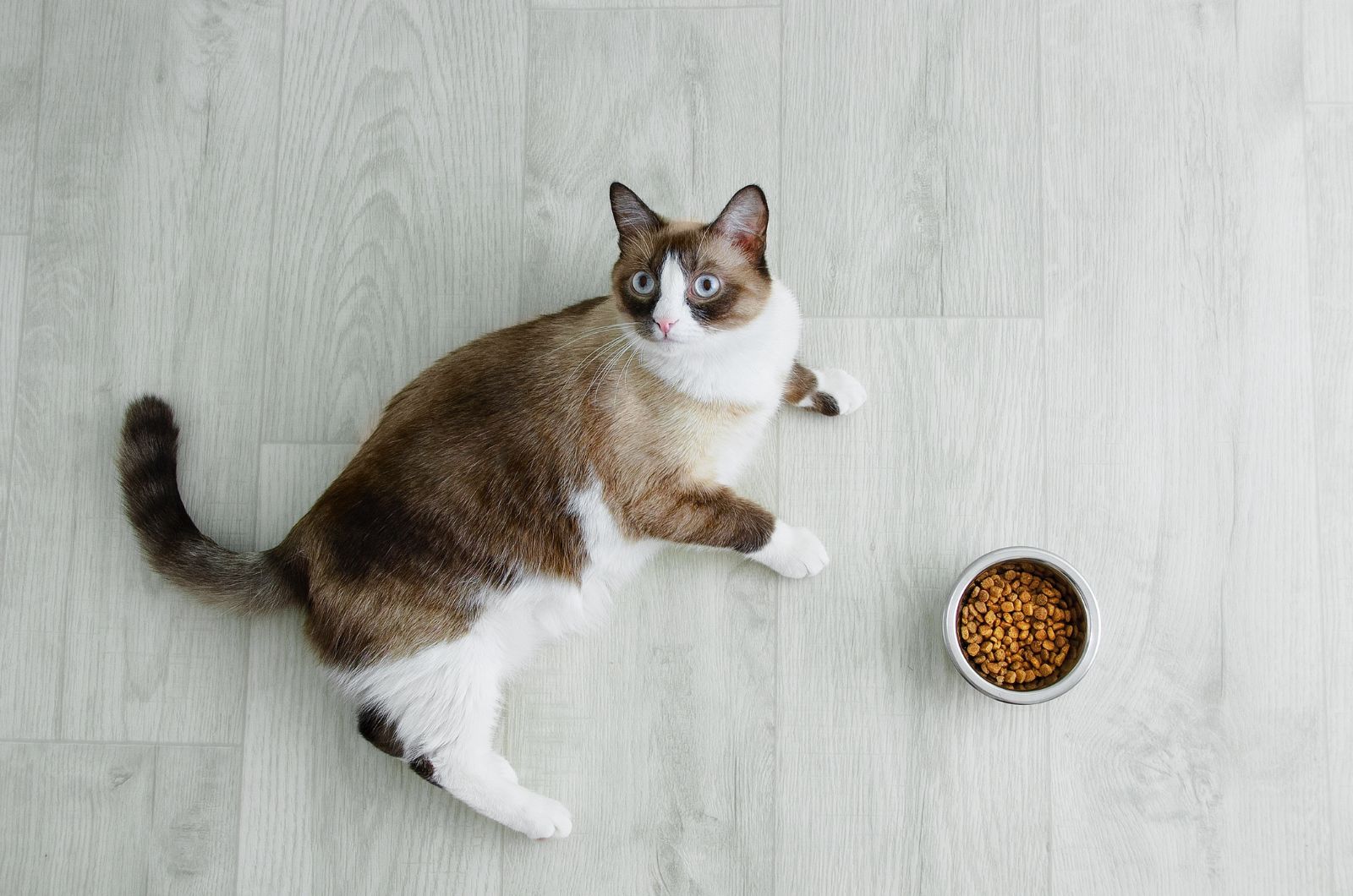
Snowshoe cats are not just about their good looks – they’ve got the sweetest personalities too!
These cats are super friendly, playful, and love being around people. They’re known for their social nature and often follow their owners from room to room, wanting to be part of everything.
Snowshoes are also pretty laid-back and get along well with kids, other pets, and even strangers. If you’re looking for a cat that’s affectionate and always up for some fun, the Snowshoe is a great choice!
3. Blue Point
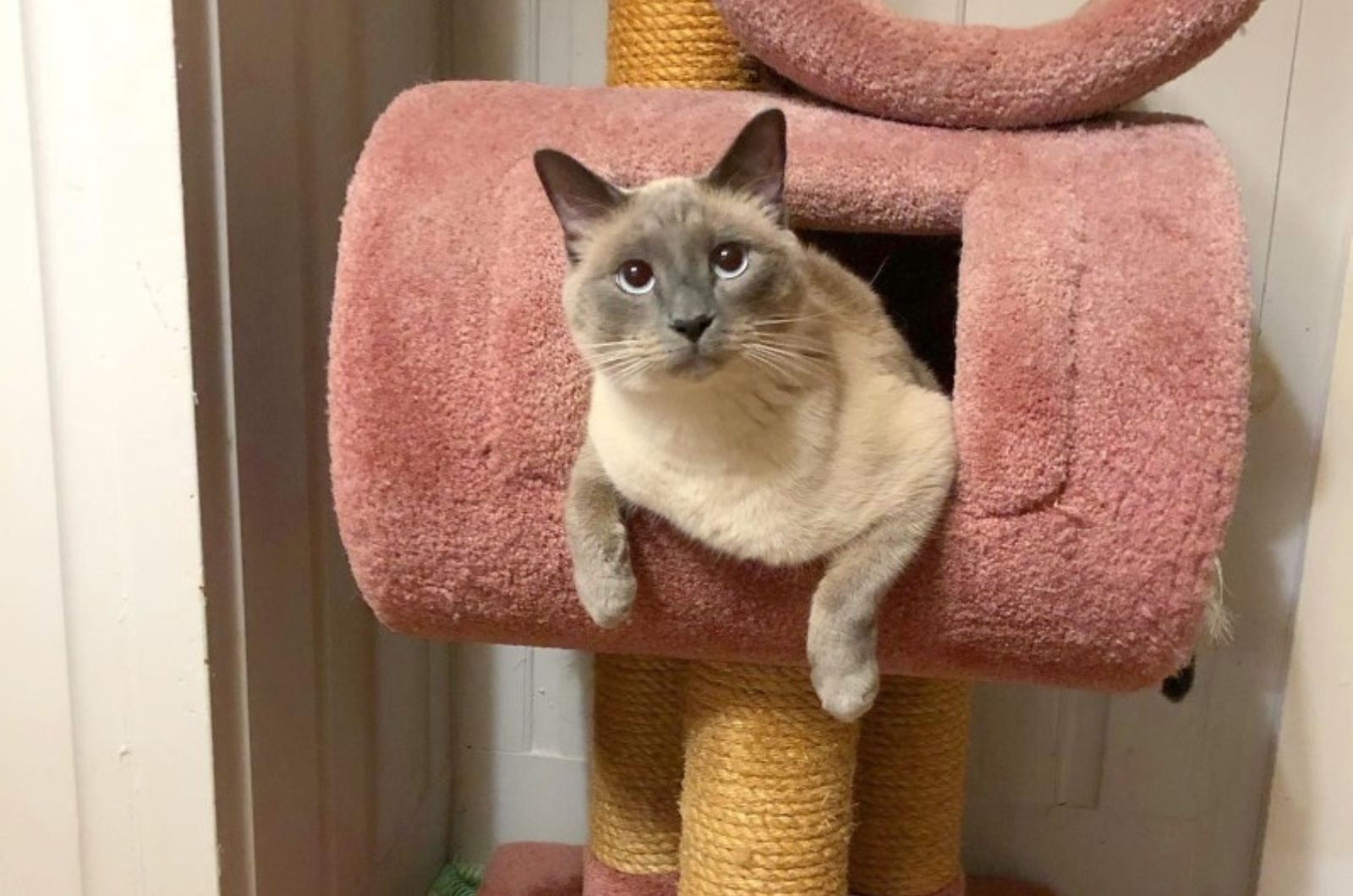
Just like its Siamese parent, the Snowshoe cat has pointed coat coloring. This means that this cat’s tail, legs, ears, and head are darker than the rest of its body. The coat base is light-colored.
The blue point is one of the most common ones with the Snowshoe breed. Cats with this color have points in a blueish-grayish hue. The contrast between their body and the points creates a very appealing look.
In feline terminology, the gray coat color is often referred to as ‘blue,’ which is actually a diluted variation of black.
4. Seal Point
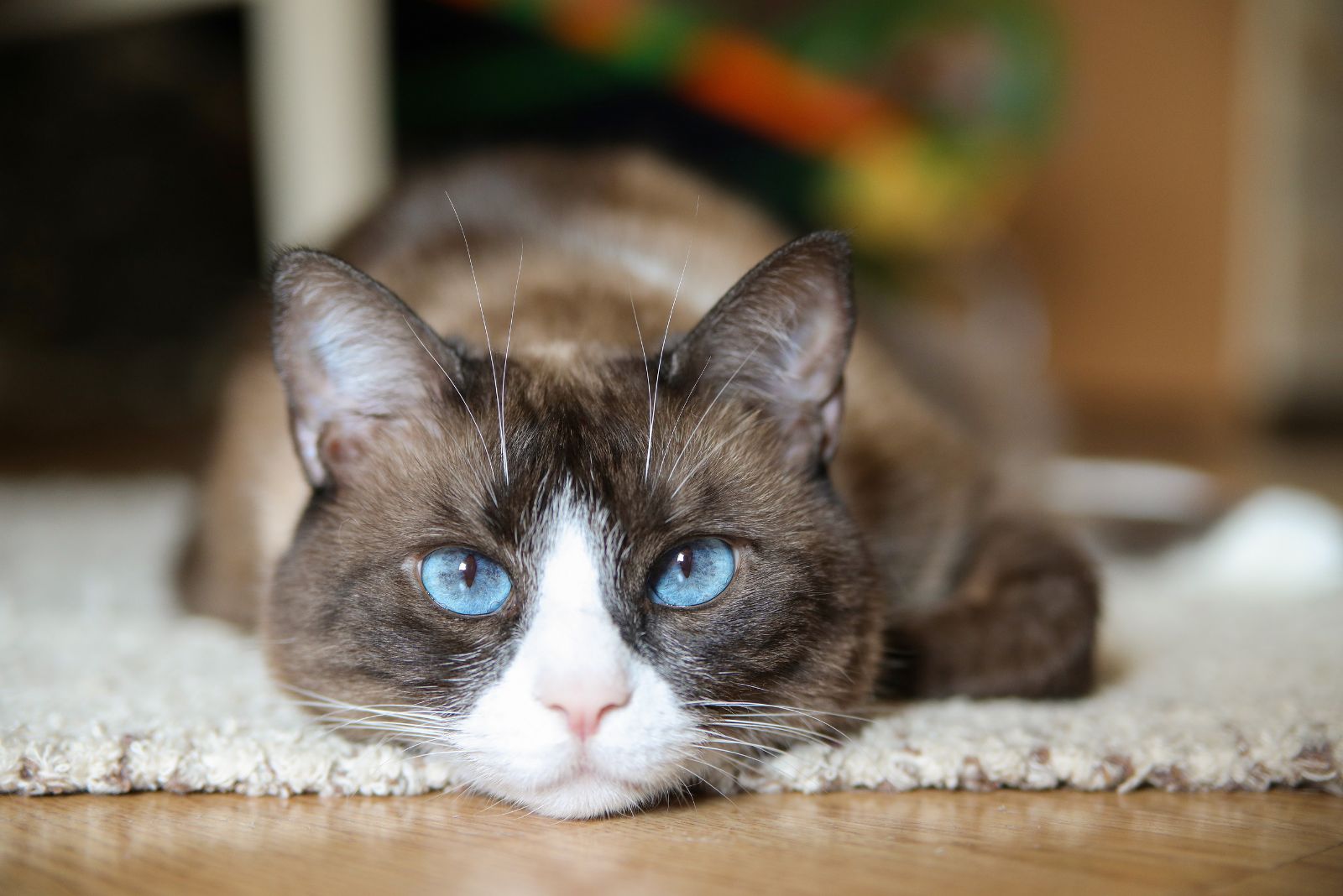
The seal point coloring is another very common one with the Snowshoe breed. This coloring refers to darker brown points in these cats.
This base color is evenly colored and warm in tone. A cat’s belly and the underside of its chest are almost white.
The seal point Snowshoe may even appear to be black. However, when you see this cat in direct sunlight, you’ll easily notice its points are actually brown.
Together with Snowshoe cats, other breeds that can spot this coat coloring are the Siamese, Birman, Balinese, and British Shorthair.
5. Chocolate Point
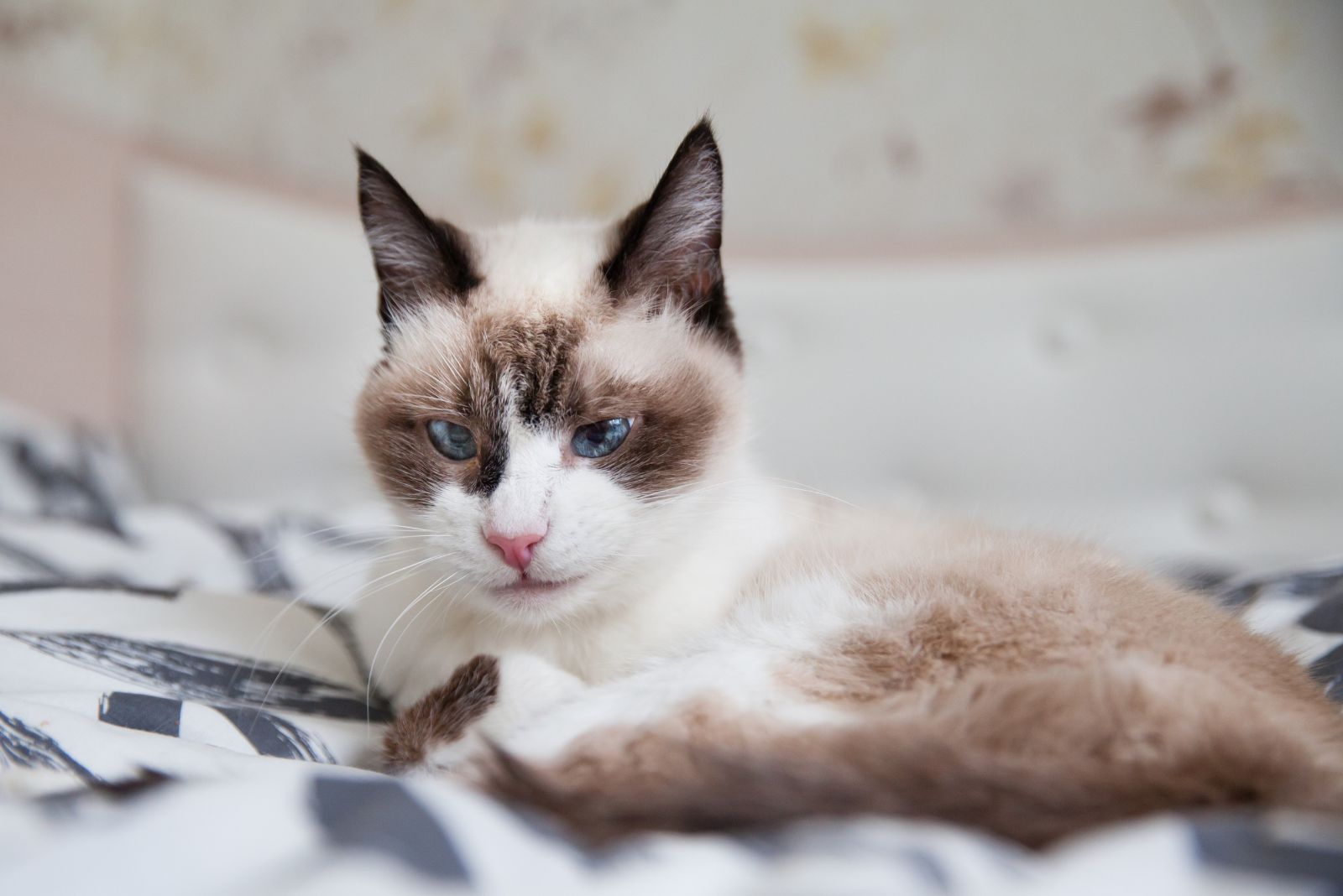
This coat pattern is harder to find compared to the blue and seal point varieties. A Snowshoe cat with a chocolate coat pattern has a creamy or ivory base coat color. Its points have a warm chocolate brown color.
The chocolate coat coloring in felines is caused by a mutation in the brown gene. The B allele is responsible for normal coloration, while the mutant b allele leads to a chocolate hue.
This mutation is recessive, meaning that a chocolate coloration requires two copies of the b allele.
6. Cinnamon Point
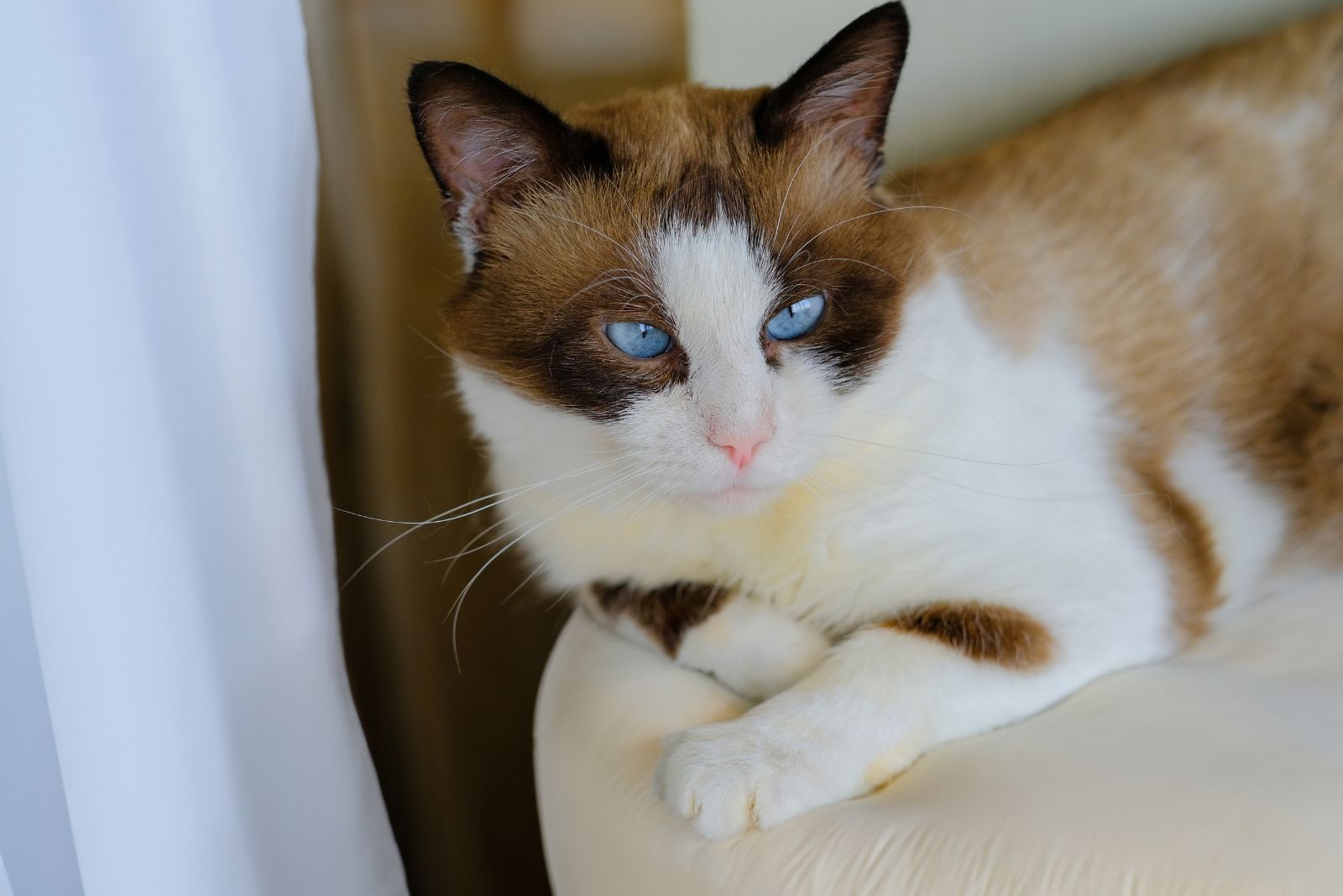
Another beautiful, yet not so common coat color with the Snowshoe breed is the cinnamon point.
The cinnamon is a warm light brown color. Both the nose leather and the paw pads in cats with this coat coloring are cinnamon-brown.
7. Lilac Point
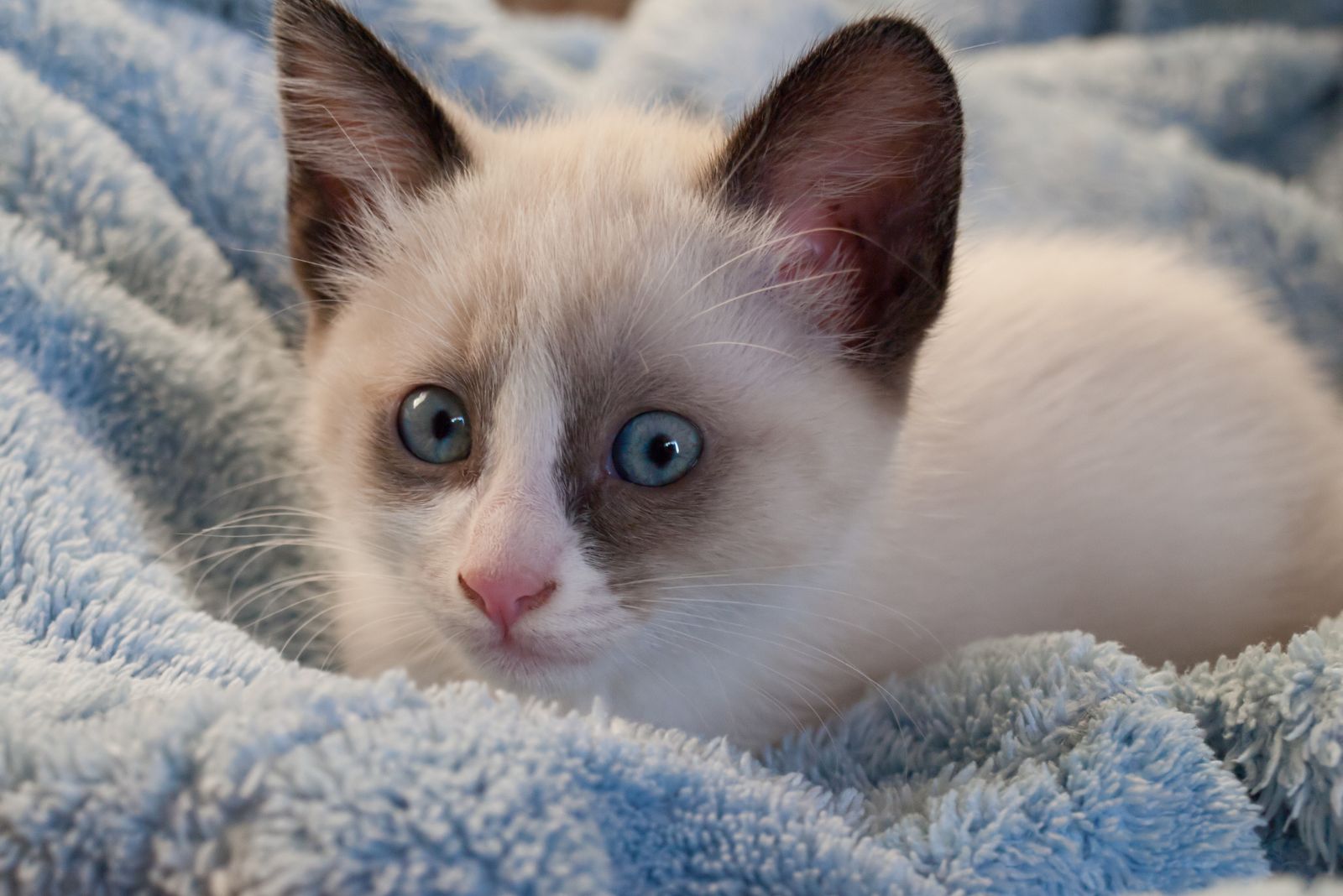
Just like the cinnamon point, the lilac pattern is another rare coat color in the Snowshoe breed. Its rarity makes it even more appealing!
The lilac coat color is a diluted variation, stemming from a diluted chocolate hue in felines.
Lilac coloring is also known as lavender and is one of the rarest coat colors.
Snowshoe cats with this coat coloring aren’t actually purple, but have more of a pastel variation of gray and light brown.
8. Red Point
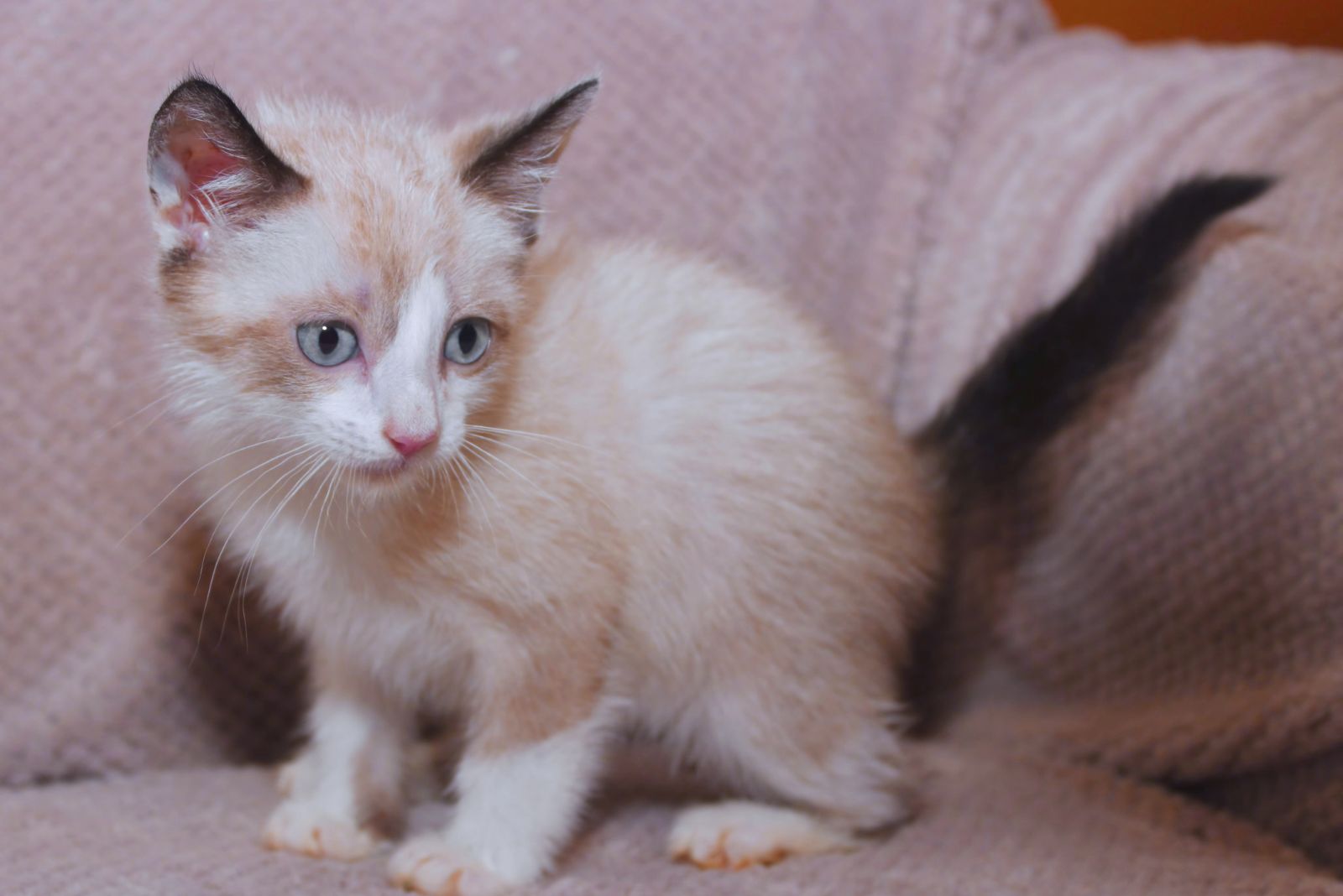
Anyone looking for a striking, impressive coat coloring in their future pet will be delighted with the red point Snowshoe cat!
This cat isn’t red, but has more of an orange hue on its face, ears, tail, and feet. Contrasted with a pale base, the red coloring indeed makes this cat look outstanding.
9. Fawn Point
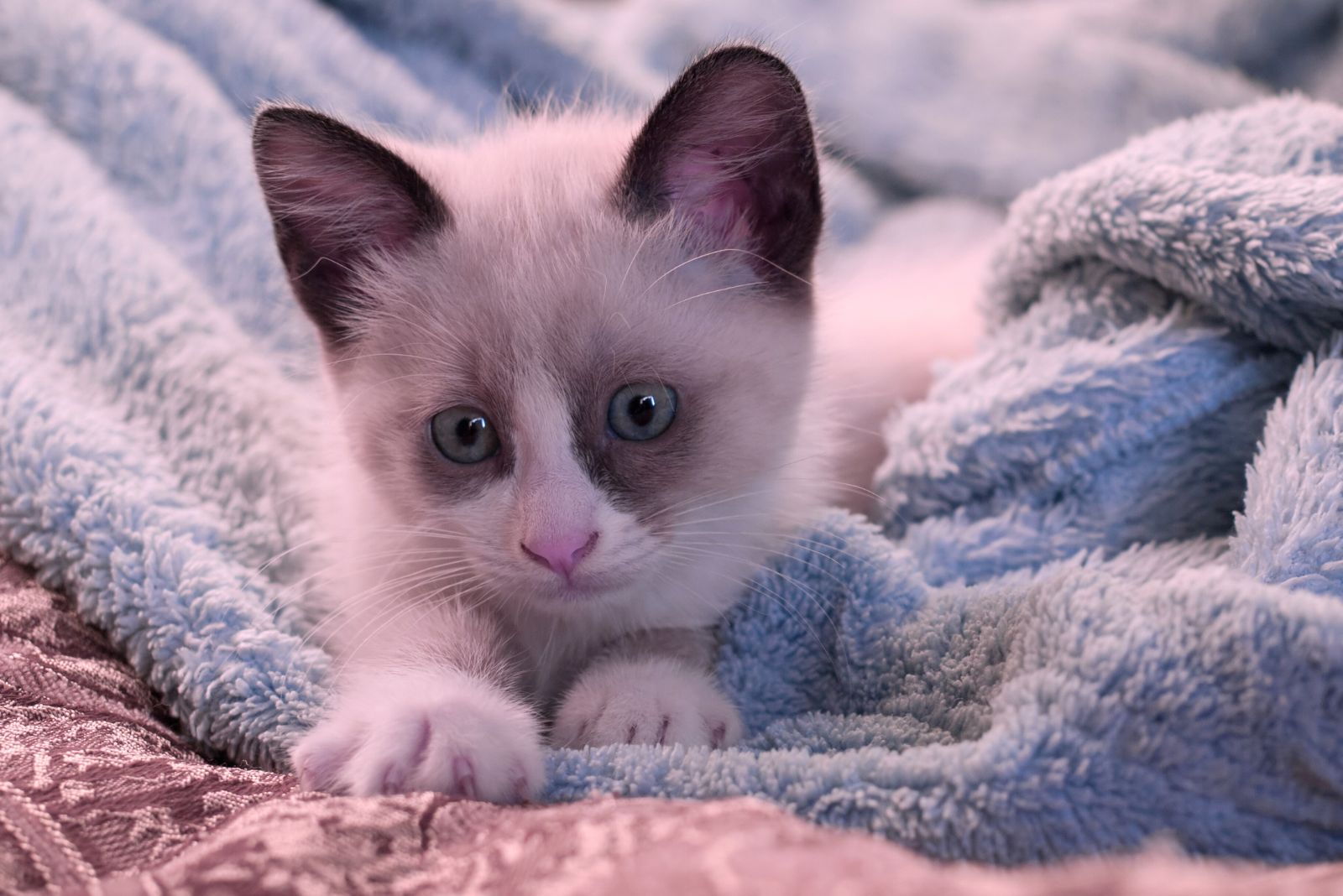
A Snowshoe cat with fawn points is also not a common sight. This cat has a pinkish to beige color. Fawn is actually a lighter lilac coat coloring.
It may be difficult to distinguish the fawn Snowshoe cat from a lilac one, since these two colorings are quite similar.
10. Tortoiseshell Pattern
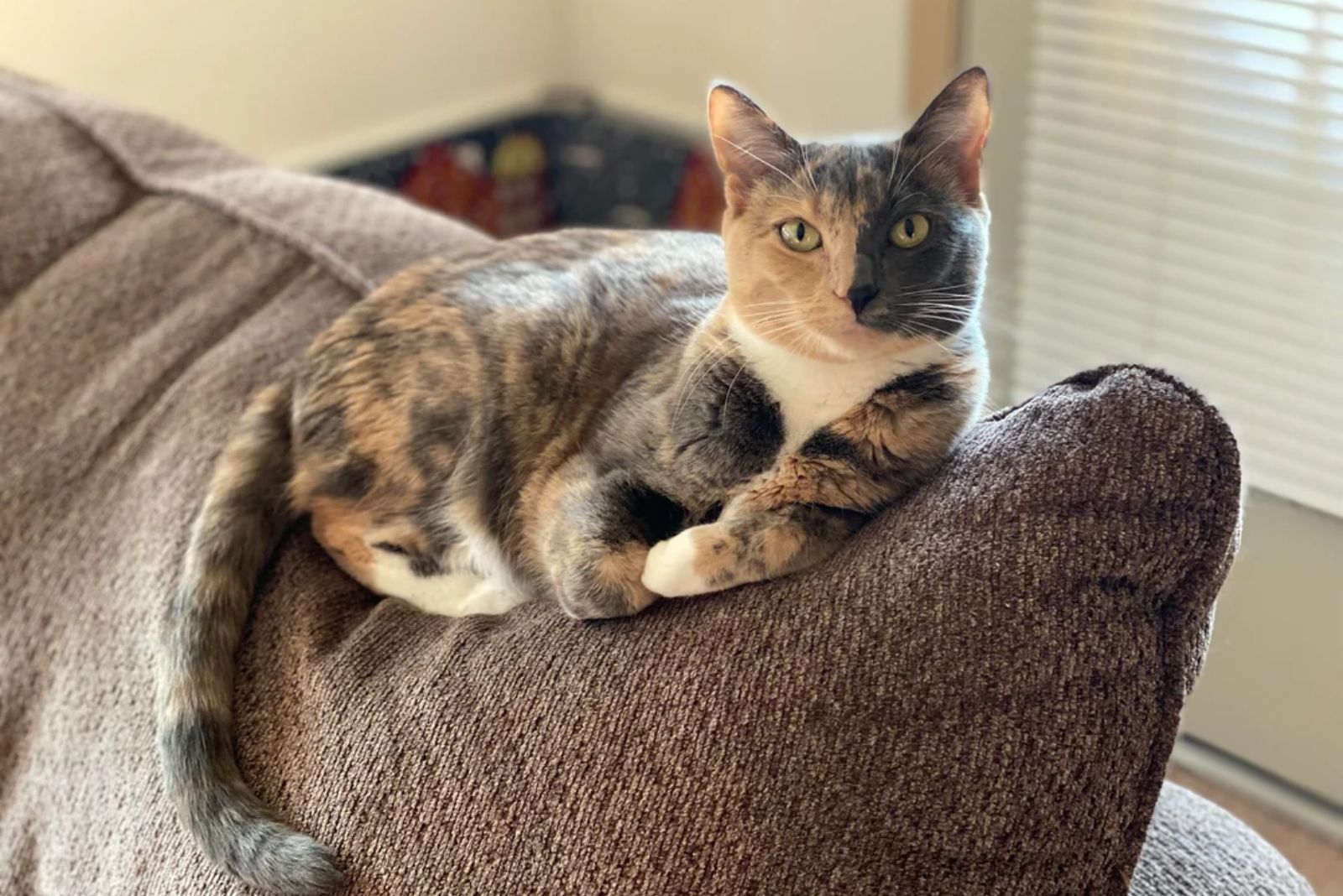
The Snowshoe cat can also feature a tortoiseshell coat pattern. This coat pattern looks like the shell of a tortoise.
Most commonly, cats with this pattern feature a combination of ginger and black in their coat. But, they can also have colors such as gold, cream, or orange. These colors can appear in either brindled or patchy patterns on the cat’s body.
If you encounter a Snowshoe with the tortie pattern, it’s almost certain that it will be a female cat.
11. Tabby Pattern
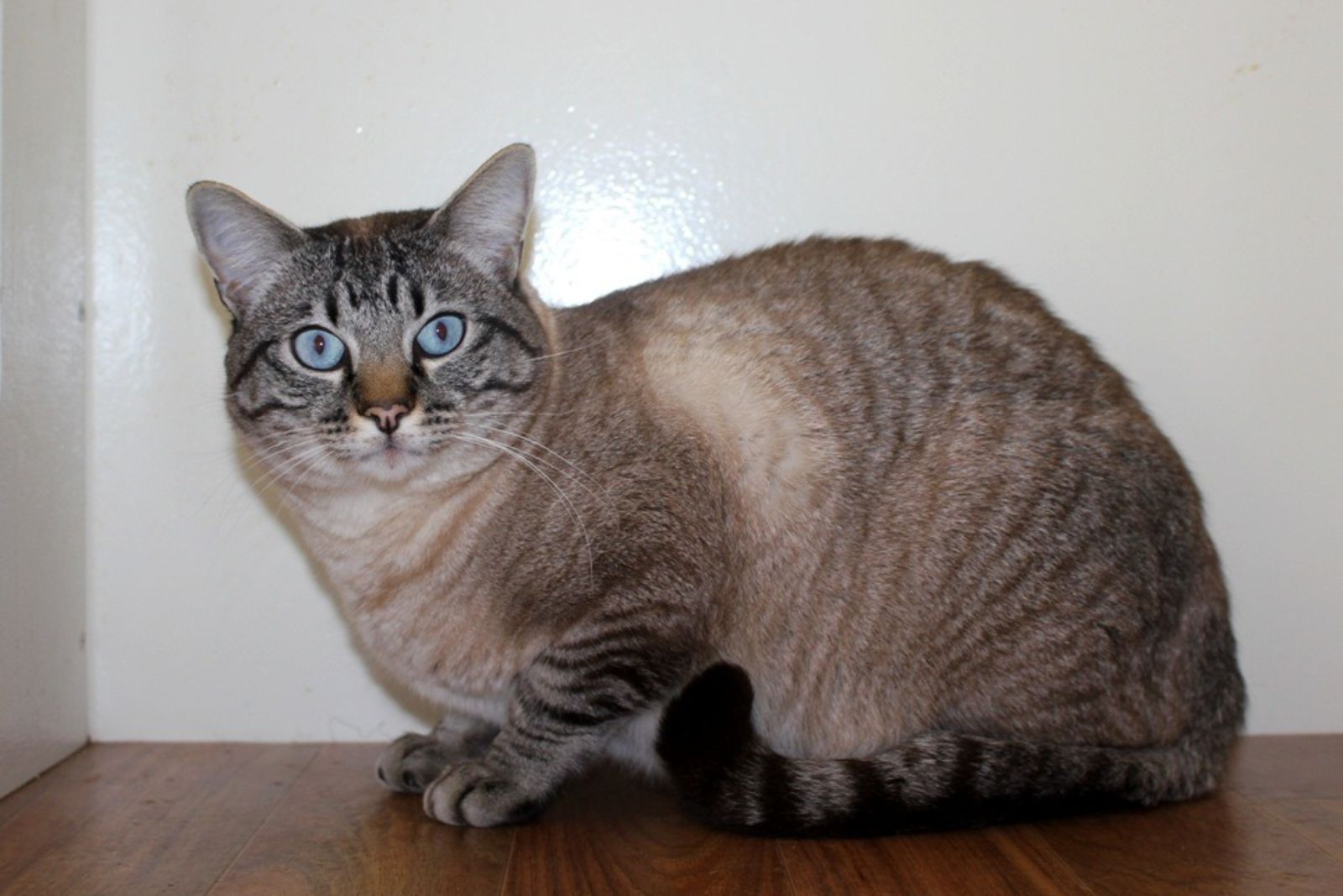
The tabby is another pattern present with the Snowshoe breed. This coat pattern is possible both with purebred felines and hybrids.
The most recognized trait of the tabby pattern is an “M” shaped marking on a cat’s head. There are a couple of different tabby coat patterns that can be seen in the Snowshoe breed.
The classic tabby pattern is created of whorls on a cat’s sides. The mackerel tabby pattern features solid or broken stripes on the cat’s body and rings around its tails and legs.
The spotted tabby pattern, as the name suggests, marks a pattern made of bands of spots. Similarly, the patched tabby displays patches distributed across its body.
12. Cream Point
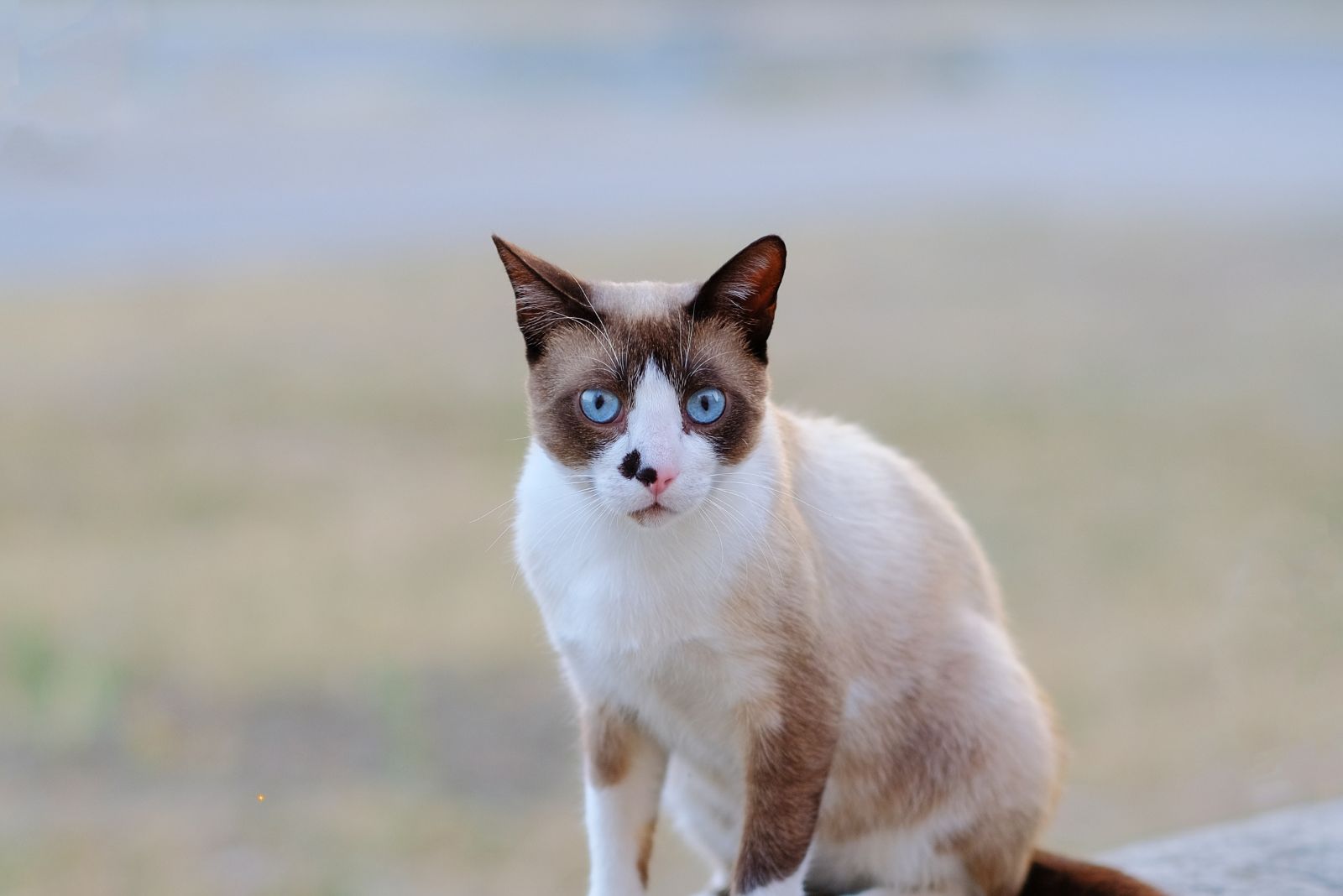
The Cream Point Snowshoe cat is a delicate and rare variation of the breed, characterized by a soft, pale cream body with slightly darker, peachy-toned points on the ears, face, paws, and tail.
This subtle coloring gives the cat a warm, almost pastel appearance, making it stand out from the more common darker Snowshoe patterns.
The cream base is often uniform in tone, with the chest and belly appearing even lighter, almost white. This coat variation is particularly stunning in well-lit environments where the soft contrast between the body and points becomes more noticeable.
Besides Snowshoe cats, Cream Point coloring can also be seen in breeds like the Siamese, Himalayan, and Balinese.
13. Mitted Seal Point
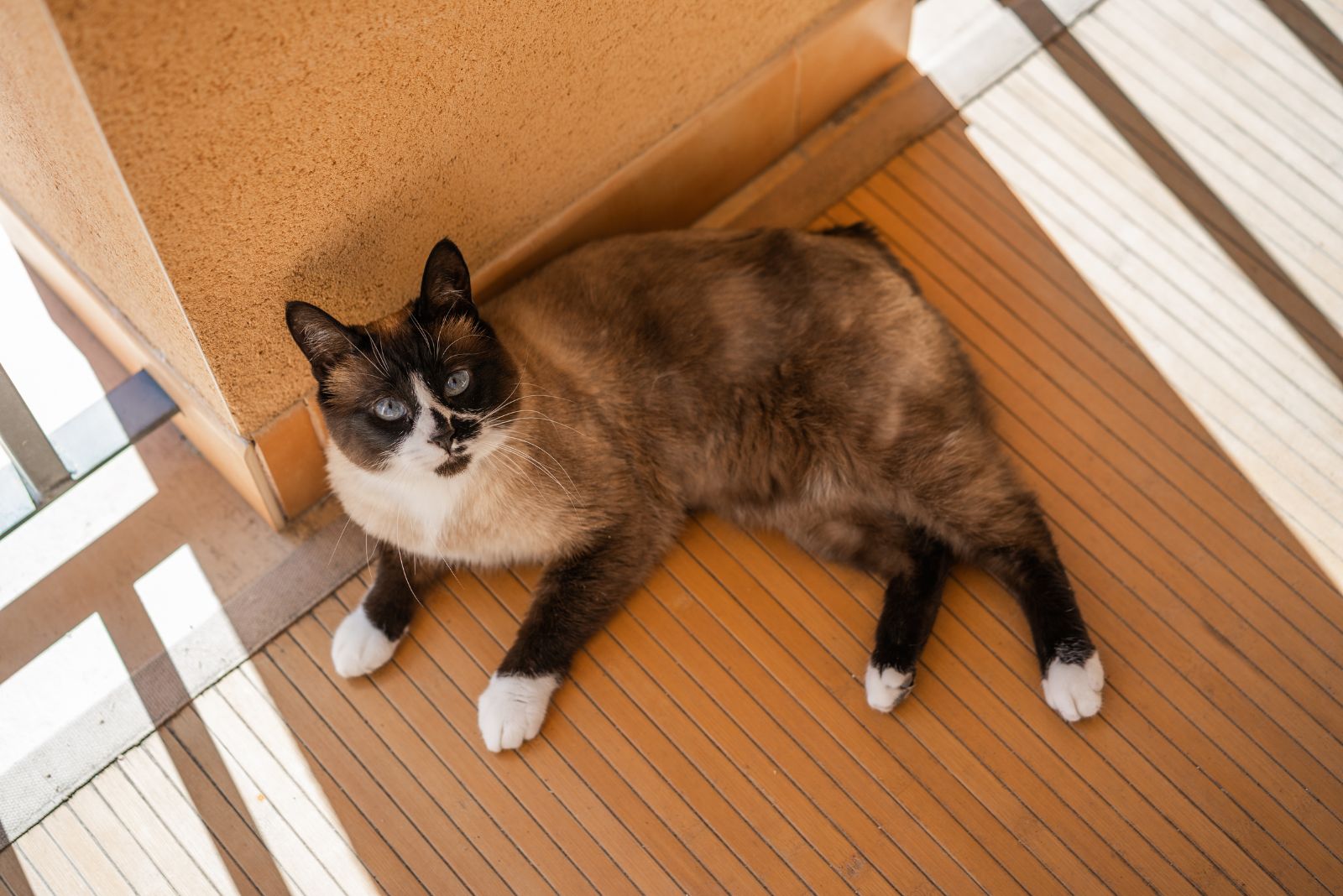
The Mitted Seal Point Snowshoe cat combines the classic seal point pattern with extra white markings, creating a striking contrast. These cats feature a creamy or fawn-colored body with rich, dark brown points on the face, ears, tail, and legs.
What makes the mitted pattern unique is the presence of white “mittens” on the paws, a white chin, and often a white blaze on the face in the shape of an inverted “V.”
This pattern gives the cat a balanced and elegant appearance, with the deep seal points beautifully highlighted by the crisp white accents.
While the Snowshoe cat is most famous for this mitted pattern, similar variations can also be seen in the Ragdoll, Birman, and Himalayan breeds.
14. Mitted Blue Point Pattern
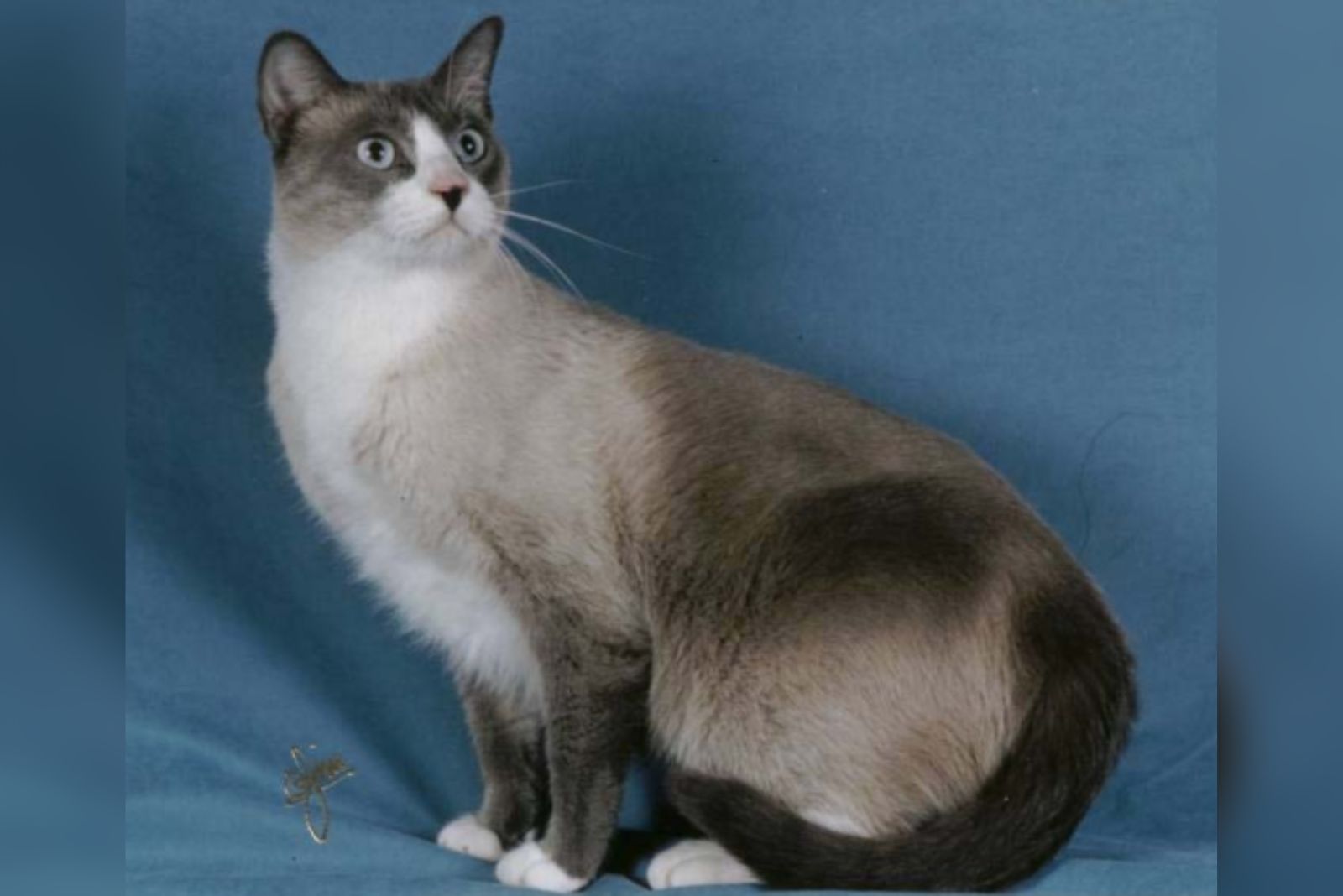
The mitted blue point Snowshoe cat combines the elegance of a blue point coat with charming white markings.
The “blue point” refers to a cool grayish-blue color concentrated on the ears, face, tail, and legs, with the rest of the body showcasing a lighter, creamy hue.
What makes the mitted blue point unique is the addition of white mittens on the paws and often a white blaze on the nose or forehead.
This combination creates a sophisticated yet playful appearance, accentuating the Snowshoe’s striking blue eyes.
15. Bi-Color Pattern
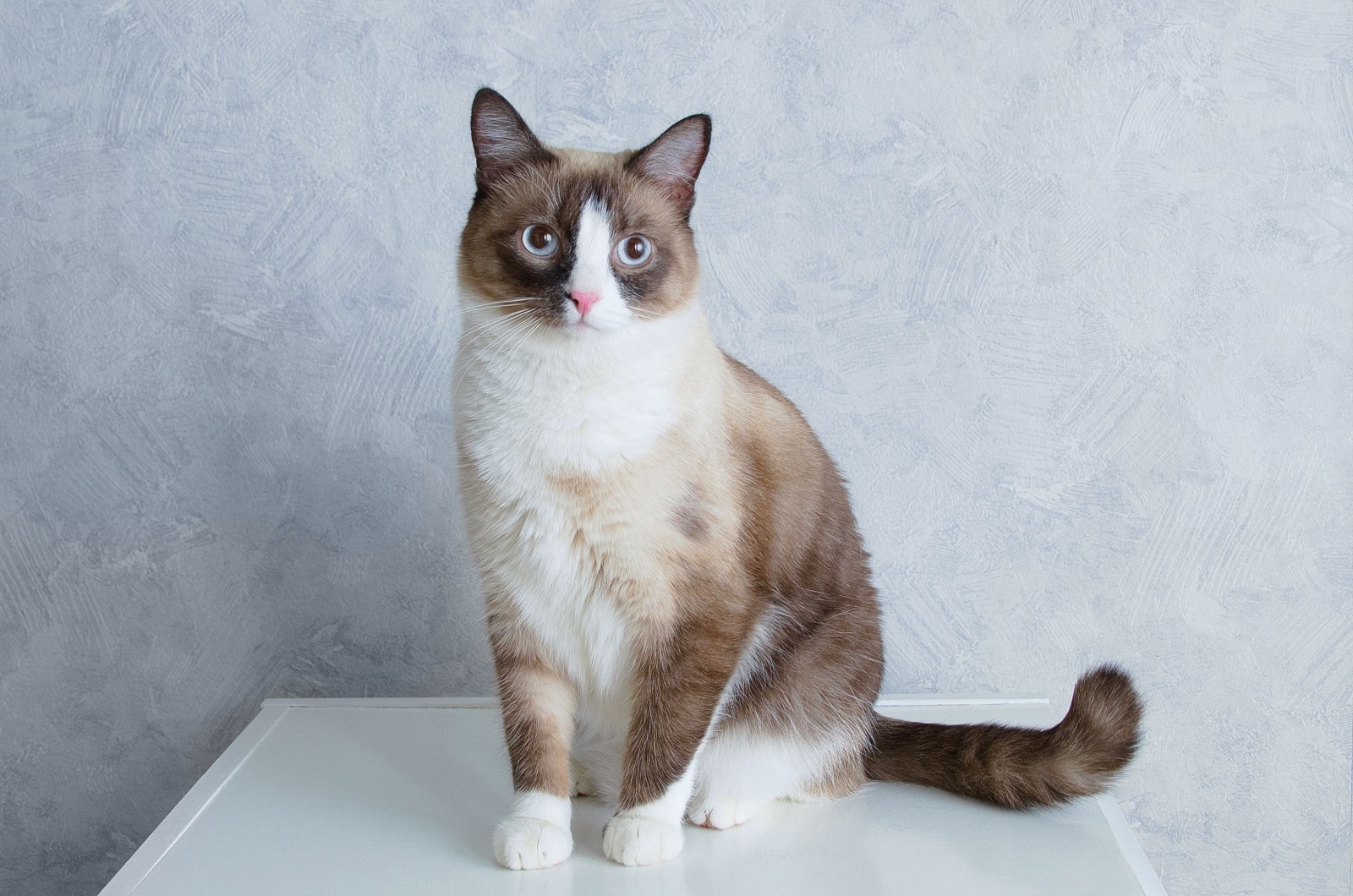
The bi-color Snowshoe pattern is one of the most iconic and striking looks for this breed. This pattern features a mix of color points and significant white areas on the body.
Typically, the face has a unique inverted “V” shape in white, complemented by a white chest, belly, and legs. The remaining fur showcases a variety of darker point colors, such as seal or blue.
The contrasting colors in the bi-color pattern highlight the Snowshoe’s sleek, muscular build and give the breed its signature charming and elegant appearance.

